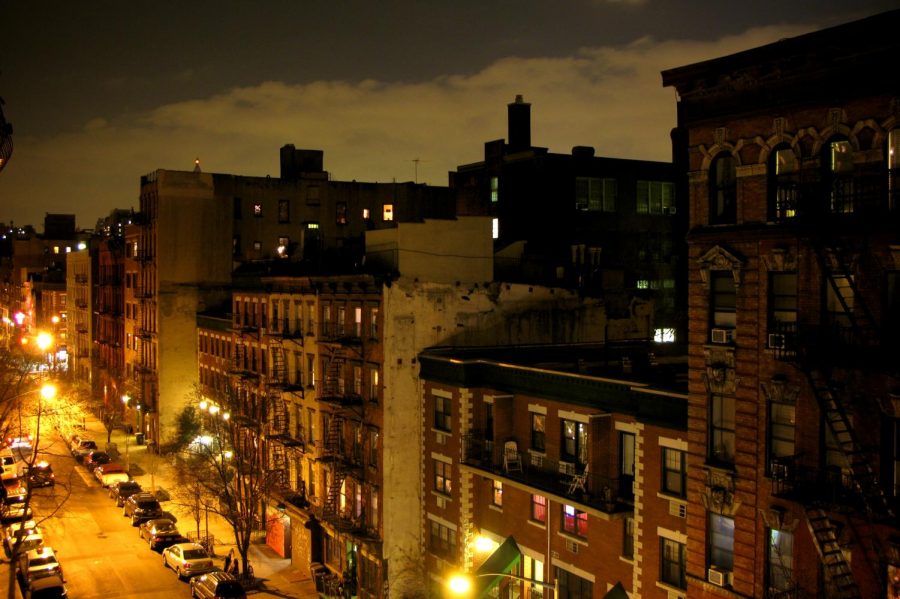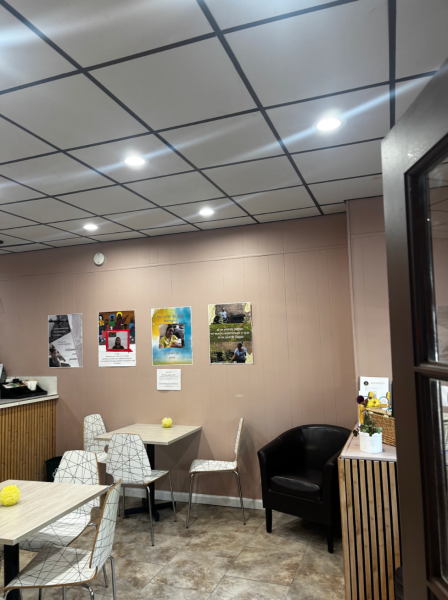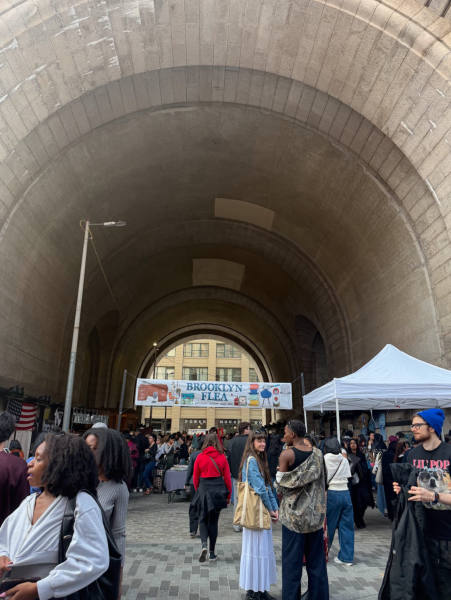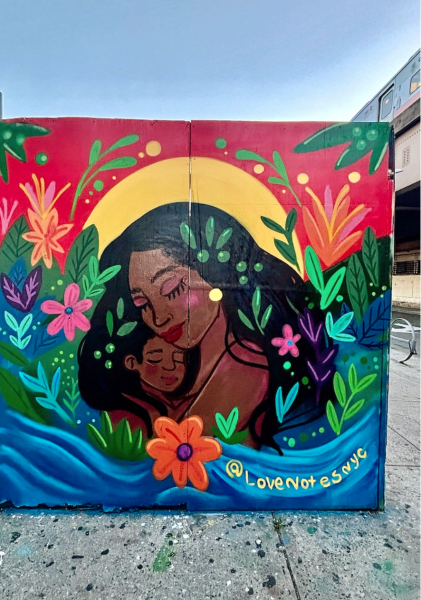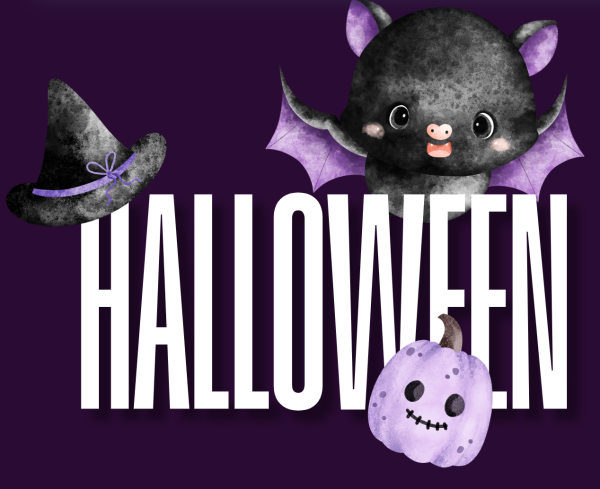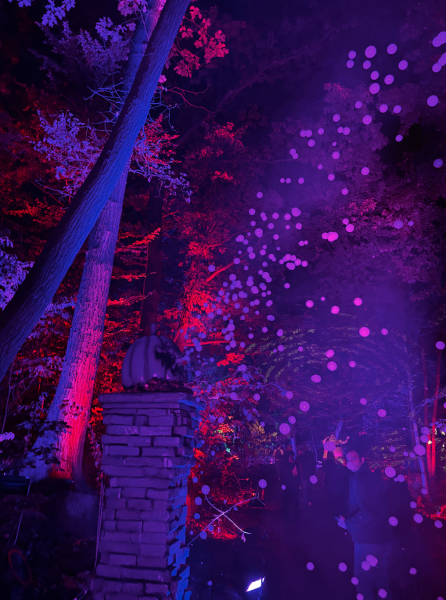Banished Spirits Haunt the East Village
Thirty years ago, terror lit up the East Village.
The frenetic whack of a nightstick on skull. A racial slur echoing in the night. The soul-splitting screams of agony ripped from your mouth when you’ve been viscerally beaten into submission, blood dripping down your face and neck. When your only home, which was never really a home in the first place, has been taken away from you.
During the 1980s, Tompkins Square Park became a refuge for homeless people and rowdy bohemians. Most had nowhere else to stay due to New York City’s ever-deteriorating housing crisis. The city was steadily phasing out low-income housing in favor of luxury condos, forcing the impoverished, often drug-addicted or disease-suffering exiles to live on the streets or in tents in parks.
Disgruntled locals, especially the recently arrived type dubbed “yuppies,” who came into the neighborhood after the city’s condo-gentrification efforts, complained about the growing homeless problem. In mid-1988, after much deliberation, Community Board 3 enacted a 1 a.m. curfew to prevent anyone from living in the park permanently.
On Aug. 6, 1988, the residents of Tompkins Square Park protested, along with local people who didn’t agree with the curfew imposition.
The police responded viciously — you can see clips of the brawl on YouTube — and the Tompkins Square riot led to 35 civilian injuries and over 100 complaints of police brutality. Many of these complaints were never resolved, and of the 14 officers charged, none were convicted. Eventually, the city razed the encampments and shut the park down in 1991, refurbishing and reopening it a year later.
Growing up in the East Village in the early 2000s, I knew a different Tompkins Square Park.
I remember jumping around colorful play structures and spinning on tire swings. Watching little dachshunds and weiner dogs tootle around the petite dog park my babysitter would always take me to. Running through sprinklers and feeling the shivery thrill of icy water soak me amid the baking heat of summer.
It’s disorienting to think about how one decade can change the identity of a place so profoundly and erase any visible markings of its past. For much of my life, I had no idea the riot ever occurred — no inkling that when I played tag with my friends in the park, I was running across the ghostly traces of peoples’ makeshift homes.
While the park was a carefree play paradise for me, it served as a sanctuary of stability for those wretched rejects of society in the late ’80s.
The effects of gentrification aren’t immediately apparent, and that’s because the project of gentrification is to extradite the cause and present only the effect as if that is the true identity of the locale. For example, realtors invented the nickname “East Village” because it sounded more charming and homelier than the Lower East Side, which for many evoked images of heroin-copping spots and grimy free-spirit artistry, like the no-wave punk movement that blossomed in the late seventies.
That said, the East Village still blooms with culture. Literally — around Alphabet City where I lived, there are many community gardens, much more than you would find in any other part of the city. I can recall the rows of delicate flowers and green vegetation, and the little blue ponds with strikingly-colored fish and sun-bathing turtles. It’s almost as if I didn’t grow up in the industrial metalscape of the city, surrounded by such a dazzling array of nature and wildlife.
Still, vestiges of the old village remain. The insidious conquest of gentrification continues, chugging along like a locomotive with an unlimited supply of coal. Luxury apartment blocks, boutiques, expensive restaurants and hipster hotels dominate the landscape once owned by squatter dens, mom-and-pop shops and creative spaces for outsiders.
Most recently, the city’s Department of Parks & Recreation announced a plan to lay artificial turf on Tompkins Square’s unofficial skatepark, which is a rectangle of asphalt in the northwest quadrant of the park. The new turf would provide a space for the organized baseball and softball players who will be displaced when the East River Park closes for renovations in 2020.
The skatepark, though, has become culturally significant as a gathering spot for teenagers, concerts and community festivals. Hundreds of skateboarders and local residents protested the plan in early September and the city acquiesced. It was a massive win for the East Village.
Ironically, the asphalt was installed during the renovation of Tompkins after the riot in 1988 as part of a broader effort to refine the trash-ridden landscape.
If anything, though, this new fight is a specter of the riot, reminding us to protect culture and its creators.





































































































































































































